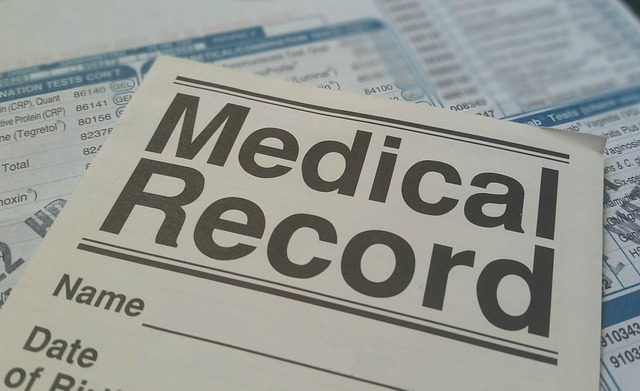consumer info
CT physician earns Shkreli award overcharging for COVID tests
Dr. Steven Murphy, a Greenwich internist, has earned a 2020 Shkreli Award from the Lown Institute. Dr. Murphy earned the award for overcharging at several town COVID testing sites he ran for several towns including New Haven. He overcharged thousands for “super Covid tests” and other unnecessary tests. He charged $480 for a 30-second phone…
Read MoreNew Medicaid homelessness prevention program shows promise
Starting August 1st, Medicaid members at risk of homelessness will have access to housing support services and subsidies through the new CHESS program. The program is designed to address upstream problems to prevent future problems and improve overall health. Described at today’s MAPOC meeting, the plan expects to serve about 850 Medicaid members with care…
Read MoreBOOK CLUB — The Right Price: A Value-Based Prescription for Drug Costs
For your summer reading. The Right Price: A Value-Based Prescription for Drug Costs offers the best explanation I’ve found of how drug costs are set, and how they should be. Using real-life patient stories, the authors give a balanced and comprehensive look at fair and reasonable pricing for a product that epitomizes market failure. The…
Read MoreCT’s well-being is improving, even during the pandemic
Connecticut ranked seventh among states in overall health and well-being last year, according to the latest Community Well-Being Index from the BU School of Public Health. According to the Index, “well-being is about the interaction between physical health, finding your daily work and experiences fulfilling, having strong social relationships and access to the resources you…
Read MoreNPR’s Frontline features Waterbury Hospital and private equity impact on hospitals
The latest NPR/Frontline investigation focuses on very unequal resources at US hospitals due to market forces and unequal government support. The second half of the documentary focuses on the impact of private equity buying safety net hospitals, which has doubled in the last decade. An expert describes how private equity firms purchase under-valued hospitals, cut…
Read MorePublic comment opposing sales of medical records to fund HIE
Read the full comments and the March 2020 letter from 22 advocates with concerns Today the CT Health Policy Project submitted public comment opposing the Office of Health Strategy’s medical record privacy policy proposals. Specifically advocates oppose selling access to Connecticut residents’ medical records through paid subscriptions. In addition to the harm to individuals, this…
Read MoreCTNJ: ANALYSIS | CT’s Health Information Exchange Is Up And Running With 2 Big Problems
After 15 years and millions of wasted tax dollars, Connecticut finally has an operational health information exchange (HIE). The system that will hold all our medical information should improve patients’ lives, but the way it’s funded creates serious privacy and mistrust concerns. The Office of Health Strategy (OHS) is now taking public comment on their…
Read MoreCTNJ: OP-ED | Drug Affordability Requires Limits On Price Gouging
Jay Gironimi has cystic fibrosis and he is grateful for the drugs that help him live. But he disagrees with the Epilepsy Foundation’s opinion piece that defends extreme drug price hikes. “While the drugs are saving lives today, the profit margins are slowly tanking the entire US healthcare system.” Read more
Read MoreCT hospitals rank 15th among states in avoiding low value care, worst in New England
Every 80 seconds a US hospital provides a low value test or procedures to an older adult, putting hundreds of thousands of people’s health at risk, according to the latest Lown Institute Hospitals Index. Only one hospital from US News’ honor roll was in this top 100 for avoiding inappropriate tests and procedures. Hospital scores…
Read MoreCT hospital quality improves in new CMS star ratings
Download the report Connecticut hospitals improved their overall quality performance this year, according to Medicare.gov Compare’s 2021 update. Connecticut hospitals averaged 3.0 stars out of five last year, moving to 3.5 in this year’s ranking. While 3.5 stars is still too low, especially given the cost of healthcare in Connecticut, things are moving in a…
Read More









